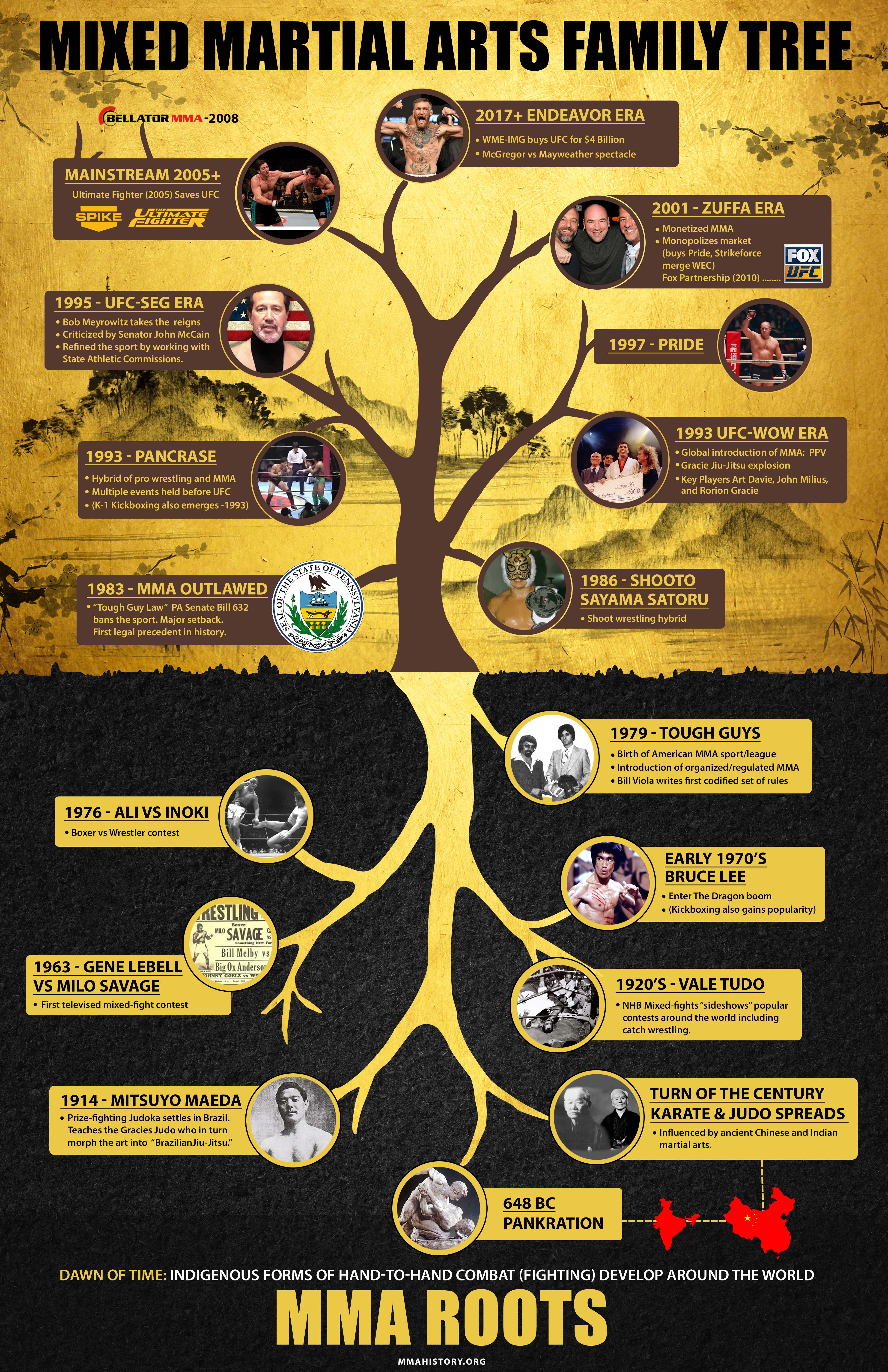A Comparative Research Of Typical Martial Arts And Modern Battle Sports: Highlighting The Important Differences
A Comparative Research Of Typical Martial Arts And Modern Battle Sports: Highlighting The Important Differences
Blog Article
Developed By-Ware Rocha
When you think of martial arts, do you lean a lot more toward the standard methods or the modern-day fight sports? Each path uses distinct benefits and experiences, shaped by their ideologies and training techniques. Traditional martial arts emphasize individual development and self-control, while modern battle sports focus on competition and performance. Recognizing these distinctions can lead you in selecting the best approach for your trip. But just how do these differences materialize in training and ideology?
The Ideology and Background Behind Conventional Martial arts
While many people connect martial arts with physical fight, the ideology and history behind traditional martial arts run much deeper. look at more info 'll find that these techniques stress personal growth, discipline, and regard.
Originating from ancient techniques, conventional martial arts were often created for Self-Defense and spiritual growth. They symbolize principles such as equilibrium, harmony, and self-control, leading professionals past plain fighting abilities.
As you educate, you'll not only learn techniques yet additionally acquire understandings into the culture and values that shaped these arts. The rituals and customs, frequently passed down via generations, cultivate a sense of community and belonging.
The Affordable Nature of Modern Fight Sports
Modern fight sporting activities have transformed the landscape of martial arts right into a highly affordable sector, where professional athletes challenge in an examination of skill, strategy, and endurance.
You'll observe that competitions are commonly organized with stringent rules and laws, making certain fair game and safety. These occasions attract large target markets, sustaining the excitement and intensity of matches.
Professional athletes train carefully, not just for physical prowess but also for psychological durability, understanding that every information counts in the ring. The adrenaline thrill throughout competitions is palpable, as boxers push their restrictions to declare success.
Fans appreciate the athleticism and virtuosity involved, making contemporary battle sports a thrilling spectacle that remains to progress and mesmerize enthusiasts all over the world.
Training Techniques and Methods: A Comparative Analysis
The affordable environment of contemporary fight sports demands ingenious training methods that vary significantly from traditional martial arts.
In contemporary training, you'll focus on certain techniques, sparring, and conditioning, usually using drills that mimic genuine battle circumstances. You'll see a focus on quantifiable efficiency and constant competitors to assess your abilities.
On the other hand, conventional martial arts focus on forms, katas, and thoughtful trainings, frequently highlighting self-control and respect over competition.
Training is normally less intense and may entail repeated technique as opposed to real-time sparring.
While both techniques construct ability and physical fitness, contemporary battle sports give a more dynamic and versatile training environment, preparing you for instant obstacles in the ring or cage.
Choose the path that aligns with your goals and interests.
Final thought
In choosing in between conventional martial arts and modern fight sporting activities, it truly comes down to what you value the majority of. If you're searching for personal development, discipline, and a sense of area, traditional arts could be your best fit. However if you thrive on competition and real-time difficulties, contemporary combat sports could be the way to go. Inevitably, where did martial arts originated provide special advantages, so it's all about straightening your training with your individual objectives and rate of interests.
